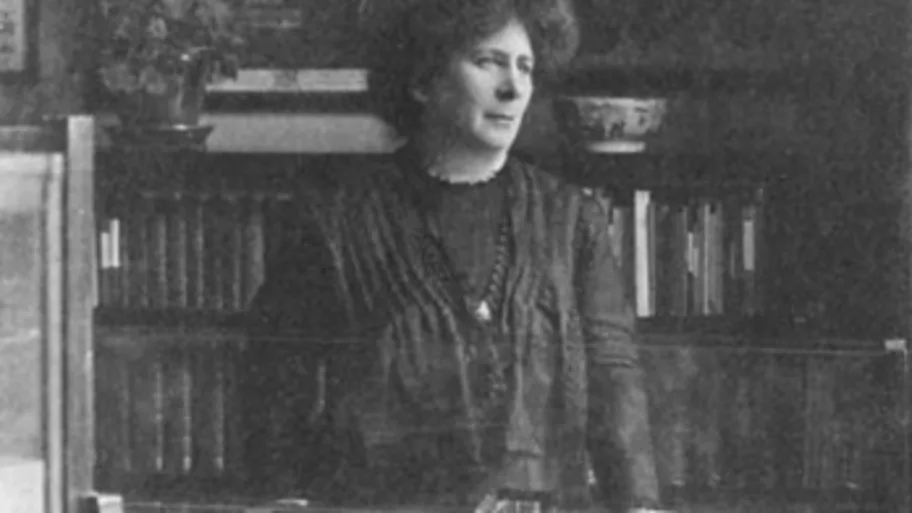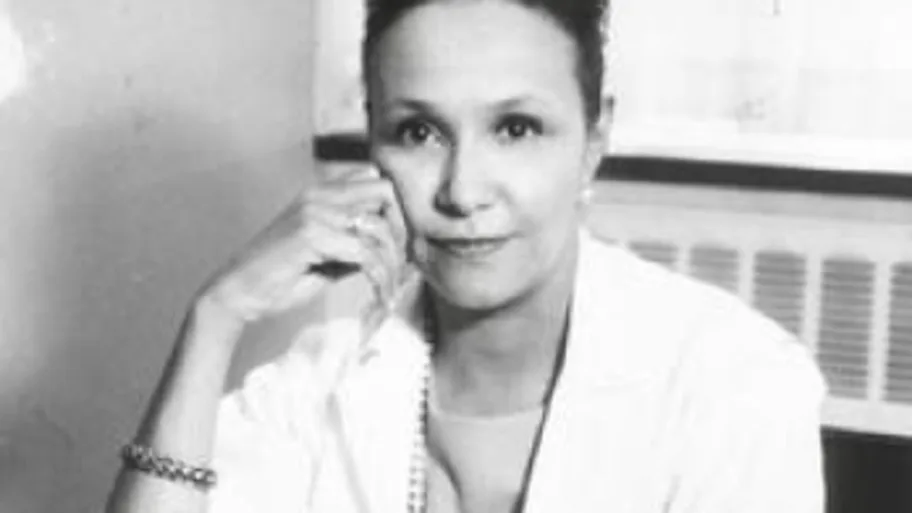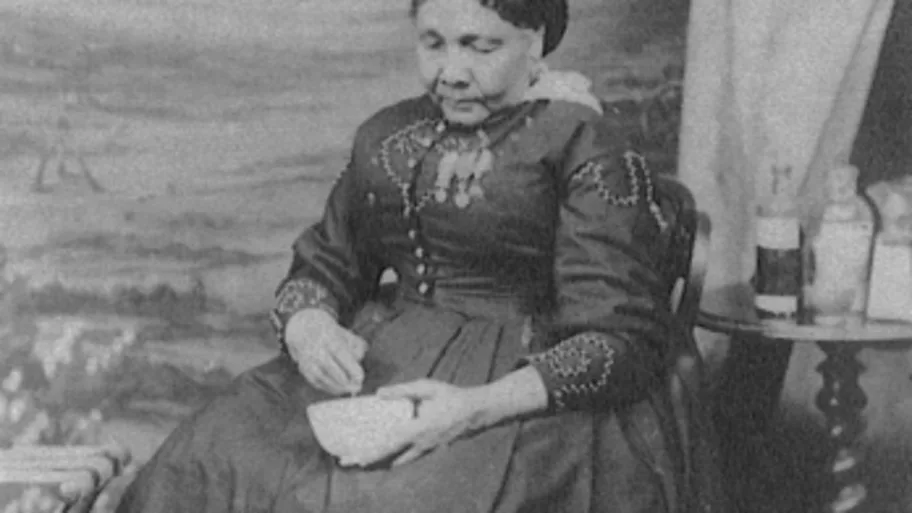
- Science News
- Young Minds
- Forgotten Engineer: Lewis Latimer, African-American Pioneer
Forgotten Engineer: Lewis Latimer, African-American Pioneer

Lewis Latimer in 1882
As the son of freed slaves in pre-Civil War America , Lewis Latimer had little opportunity for education and advancement. Yet by the end of his 80-year life he held eight important U.S. patents, including one for improved light-bulb manufacture, and had his own laboratory and consultancy in Queens, New York. Since February is Black History Month in the United States, it is a good time for FYM to illuminate (pardon the expression) the life of this pioneering engineer.
By Michael Geselowitz, Senior Director, IEEE History Center & IEEE REACH Program
Early Life
In October 1842, an enslaved couple in Virginia, George Washington Latimer and his wife Rebecca, realizing Rebecca was pregnant, made a daring escape to Boston. However, they were recognized by a white Virginian visiting Boston and arrested, with the intent to return them to slavery. After losing a celebrated court case, local abolitionists bought their freedom instead, and Massachusetts soon passed a new state law to protect escaped slaves. This in turn led to a Southern-led federal reaction of passing a more stringent Fugitive Slave Act.
Lewis Latimer, born 4 September 1848 in Chelsea, Massachusetts, USA, was the youngest of George and Rebecca’s four children. After the infamous Dred Scott v. Sandford decision of 1857, George fled for fear of being recaptured. Rebecca raised the family alone, and Lewis received no formal education, but his intelligence and thirst for knowledge had him always learning. He also had great artistic talent. When the Civil War broke out he enlisted in the Union Navy and served admirably, being honorably discharged at the end of the War in 1865. His service helped to get him a job at a patent law firm in Boston as an “office boy,” as it was called.
However, he hung around the draftsmen who soon recognized his artistic talent and began to train him. He was promoted to draftsman, and eventually to head draftsman. In 1876, he was put on one of the firm’s most important projects—Alexander Graham Bell’s telephone patent. With a secure job, he was able to marry Mary Wilson, and they eventually had two daughters.
His First Invention
Even while mainly spending his time drafting the patents of others, the self-educated Latimer had a great interest in innovation himself. In 1874, he developed an improved toilet system for train cars, and received his first patent.
As his reputation as a patent draftsman spread, Hiram Maxim, the chief engineer of the U.S. Electric Lighting Company—the main rival to Thomas Edison in the early electric lighting industry—hired him away to be a draftsman but gave him the additional title of engineer.
In this role he was able to focus more on inventing, and in 1881-1882 he received three lightbulb-related patents: for an improvement incandescent bulb; for an improved bulb stand; and, most importantly, for an improvement on the carbon filament process to produce these bulbs.
It was this last invention that greatly increased the commercial viability of the technology, and brought him to the attention of Thomas Edison.
Edison, with his usual clever business acumen, hired Latimer away from Maxim: not as a draftsman, not as an engineer—but as a patent expert! Edison rightly judged that as an inventor himself who had illustrated many of the most important patents in the industry, Latimer would be invaluable in recognizing when other entrepreneurs were infringing on Edison’s patents, and in protecting Edison’s patents from counter claims.
His work for Edison enabled him to publish, in 1890, Incandescent Electric Lighting: A Practical Description of the Edison System, one of the earliest and most influential manuals on electric power and light. He also continued to invent on the side, patenting an evaporation-based air-cooling system in 1886.
Hanging His Own Shingle
His success convinced Latimer to set out on his own. In 1903 he bought a house in Queens, New York City, and set up his own laboratory and patent consultancy. He eventually received three additional U.S. patents, the most important of which was an improved light fixture that reduced the wear-and-tear on the fragile bulbs, making them even more commercially successful. He also became involved in many civic and artistic endeavors.
“We create our future by well improving present opportunities, however few and small they are” —attributed to Lewis Latimer
In 1918, Latimer was admitted into the Edison Pioneers, an association of the workers who were with Edison in his earliest years, the only African American to be honored in this way.
Lewis Latimer died in Queens on 11 December 1928 at the age of eighty. In 2006, Latimer was added to the U.S. National Inventors Hall of Fame. Although no one person can be said to have invented the “first” light bulb, and although Edison perhaps made the most contributions to the field, without this self-taught child of former slaves we would not have the electrified world that we live in today.
This year is the 175th anniversary of the birth of Lewis Latimer. Visit the Lewis Latimer House Museum website to watch an engaging short video, learn more about his legacy, and see how you can help encourage underrepresented groups to get more involved in engineering and technology.






